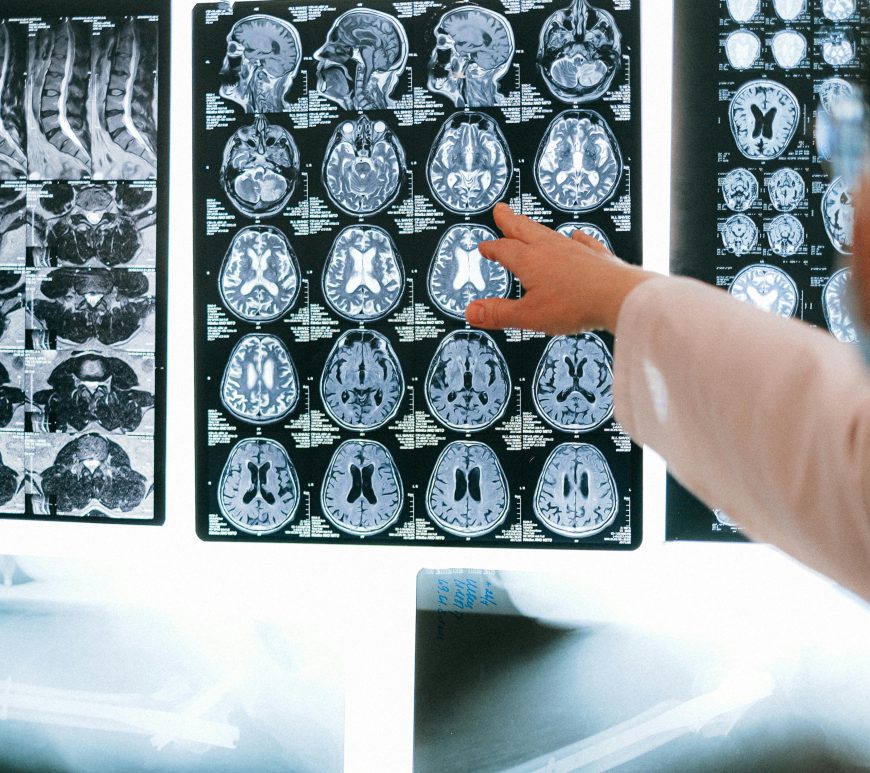
Do foot splints improve joint mobility in brain injury rehabilitation?
In 2016, Researchers led by Eun Jung Sung, Min Ho Chun, and colleagues conducted a randomized controlled trial to evaluate the effectiveness of a resting foot splint in preventing ankle contracture in patients with early-stage brain injuries. The study involved 33 patients who suffered from ankle dorsiflexor weakness, with a muscle strength of grade 2 or lower. While all participants continued their customized rehabilitation therapy, … Continue reading Do foot splints improve joint mobility in brain injury rehabilitation?


